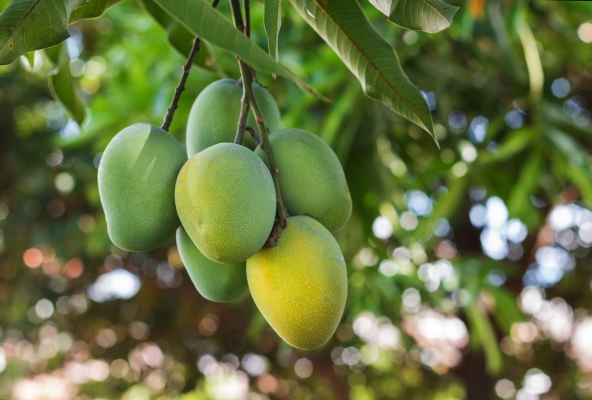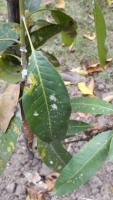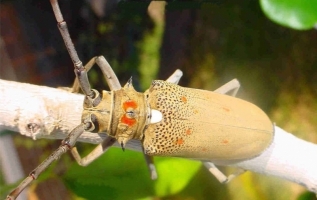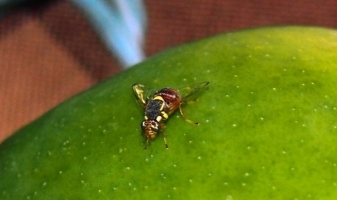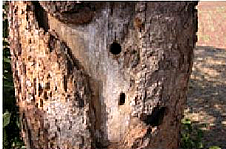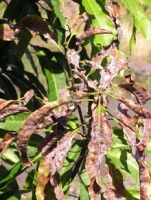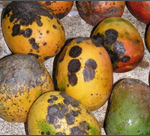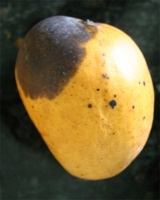Dusheri: It is widely grown in a region. Fruits are ready to harvest in first week of July. Fruits are small to medium size, smooth having yellow color, sweet in taste and stone is of small size. Fruits are having better keeping quality. It is regular bearing crop. It gives average yield of 150kg fruits per tree.
Amrapali: It is a cross between Neelam and Dushehri varieties. It also bears regular fruits. The variety has small sized plant.
Mallika: It is a cross between Neelam and Dushehri varieties. It bears regular fruits.
Langra: Fruits are medium to large, smooth having lemon yellow color. Flesh is fibreless with fine test. Skin of fruit is medium thick. Fruits are ready to harvest in second week of July. It gives average yield of 100kg per plant.
Banglura: It gives fruit every year. The fruits are medium and long in size which is egg shaped and flat. The fruits are yellow in color which are aromatic. It is medium maturing variety.
Banganapalle: It is a local variety of Andhra Pradesh and Tamil Nadu. It is stored for long time. The fruits are large, egg shaped and flat. The variety matures timely and is suitable for canning.
Ratna: The flower develops in December-February month and its harvesting should be done in first week of June. Fruits are egg shaped and lightly long in size.
Sindhu: The variety is developed by crossing between Ratna and Alphonso. The average weight of fruit is 215gm and peel is red in color. The total soluble content contains in fruit is 21%.
Pant Sinduri: Fruits are medium shaped and spreading. The fruits have an average weight of 200gm which matures in last week of May to first week of June. Flesh is yellow in color. The total soluble content in fruit is 16.18%. it gives an average yield of 150kg/tree.
Ramkela
Chaunsa
Dusheri-51
Other state varieties:
Alphonso: Having great export potential. Fruits are of medium and oval size. Fruits are of greenish light yellow with light pinkish blush. Flesh is fibre free with superb test. Skin of fruit is thin and smooth. Fruits mature in first week of July.
Hybrids: Mallika, Ratna, Arka Arjun, Arka Puneet, Arka Anmol, Sindhu, Manjeera
Varieties: Alphonso, Bombay Green, Himsagar, Kesar, Neelam.

